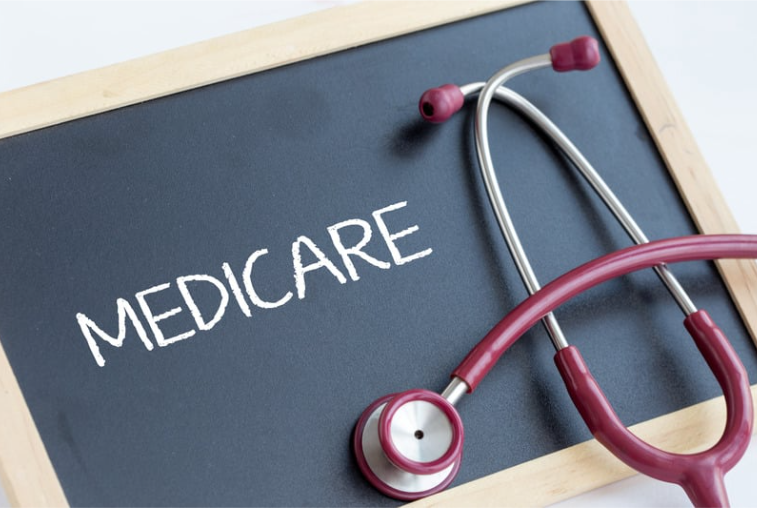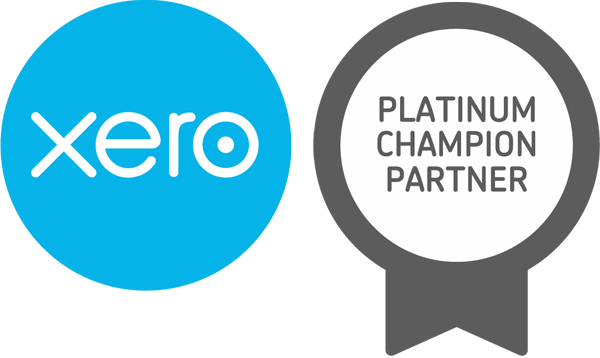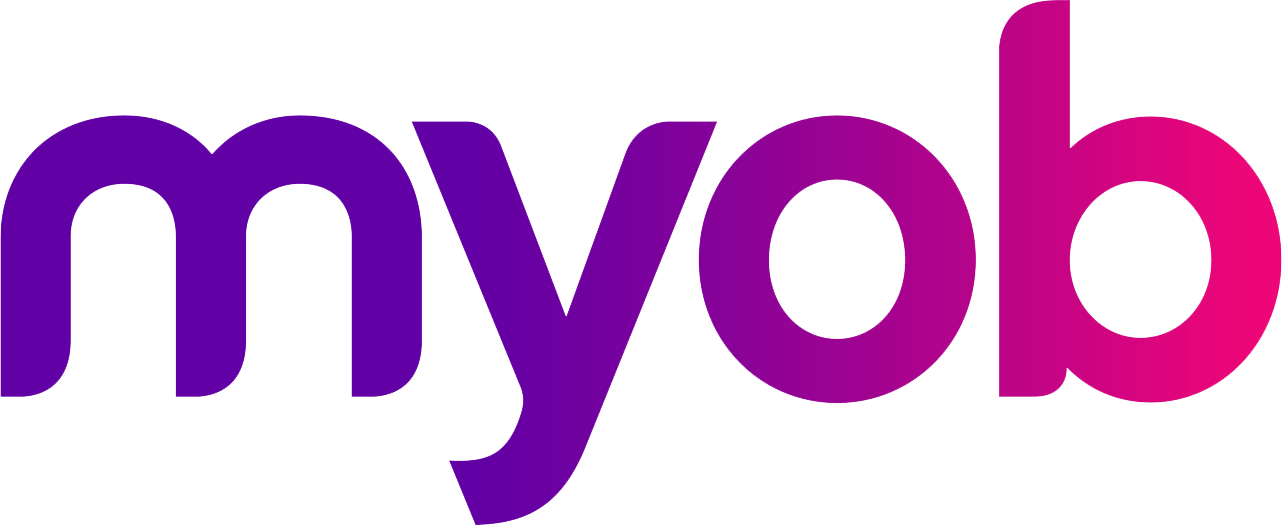Increase to the General Transfer Balance Cap
The Transfer Balance Cap (TBC) came into effect on 1 July 2017 and reflects the maximum amount you can take as a pension, usually tax free.
It is called a Transfer Balance Cap as the amount of pension you can access is transferred from the normal accumulation account where your super was
accumulating before you were ready to take a pension and moved into an account called your retirement phase income stream.
The benefit of it being in pension phase in the retirement phase income stream is it is generally tax free money when paid to you. This limit was introduced to reinforce the principle that the sole purpose of superannuation is to provide access to retirement income, rather than a means of storing wealth or avoiding tax.
Unlike certain other superannuation caps, the Transfer Balance Cap is not indexed yearly, rather it is annually adjusted based on CPI in increments of $100,000. The cap began at $1.6 million in 2017, was $1.9 million in the 2024 Financial Year, and will increase to $2.0 million for the 2025 & 2026 Financial Years.
Your personal Transfer Balance Cap is determined by what the cap was at the time when you first started a Retirement Phase Income Stream.
For example, if you first began a Retirement Phase Income Stream in the 2023 Financial Year, your lifetime Transfer Balance Cap would be whatever the cap was in that year, being $1.9 million.
It is worth noting that while your transfer balance is a lifetime limit, any unused cap may see a proportional increase based on any future cap increases. Also, the cap only applies to amounts transferred into a Retirement Phase Income Stream and does not include future earnings on these amounts.
If your Transfer Balance Cap is exceeded, the excess must be withdrawn from the Income Stream or transferred back into your Accumulation Account, and excess transfer balance tax will need to be paid. The ATO Online Services can be utilised to help track your personal balance cap. Alternatively, please contact our office for specific advice or assistance with any Transfer Balance Cap questions or matters.
If you would like to know more, please call our office on 03) 5571 0111 or email us at reception@coggergurry.com.au









